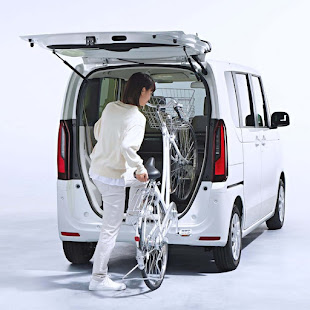
23 March 2025
Honda N-Box : 2011-24
The Kei car category (or light vehicle) was introduced in Japan in 1949 to save on fuel and encourage car ownership plus local manufacturing. They have a limitation on their physical dimension and engine capacity.
They enjoy lower tax and insurance rates among their advantages to ownership. These don't apply elsewhere so exports have been limited mainly to Suzuki. They do enjoy around a third of all sales domestically.
Just prior to the N-Box, Kei cars represented around 20% of Honda's domestic sales. After its introduction, it rose to between 45-50%. Its share of total Kei sales rose from under 8% to over 18%.
The chart to the right shows in thirteen full years of being on sale, registrations exceed 2.7 million. It's been the top selling Kei car every year since 2015 and for the total Japanese market from 2017.
2024 was another good year although slightly down on its historical full year avaerage of 210,700 but still the number one choice for car buyers in Japan.
With the rear seats lowered, it seems you can fit a bike into one as the picture below shows. We only see the front wheel in the car at this point but obviously it must fit.
So a versatile vehicle, ideal for narrower streets and ease of parking. However, if you don't live in Japan then don't expect to see one in your neighbourhood.




No comments:
Post a Comment